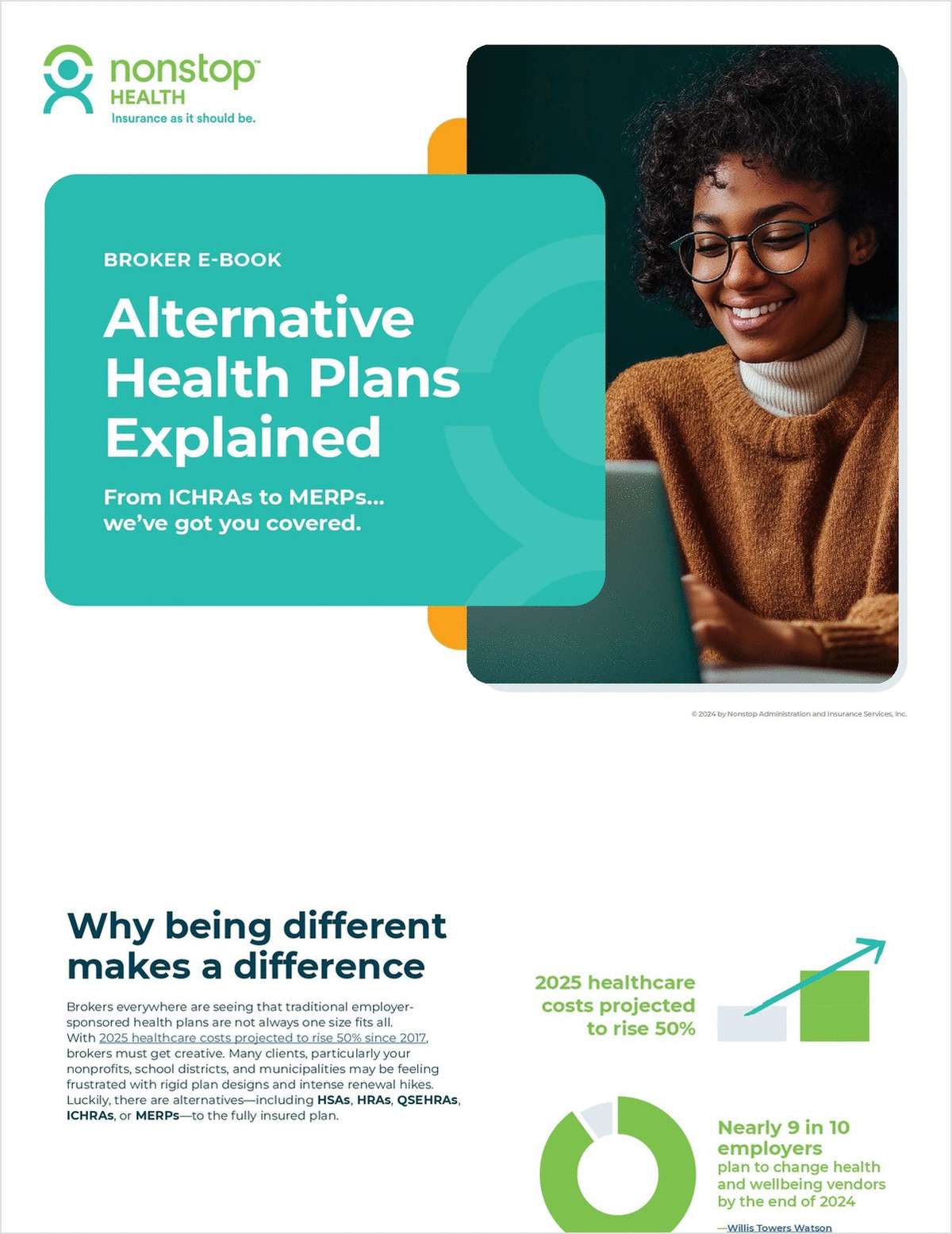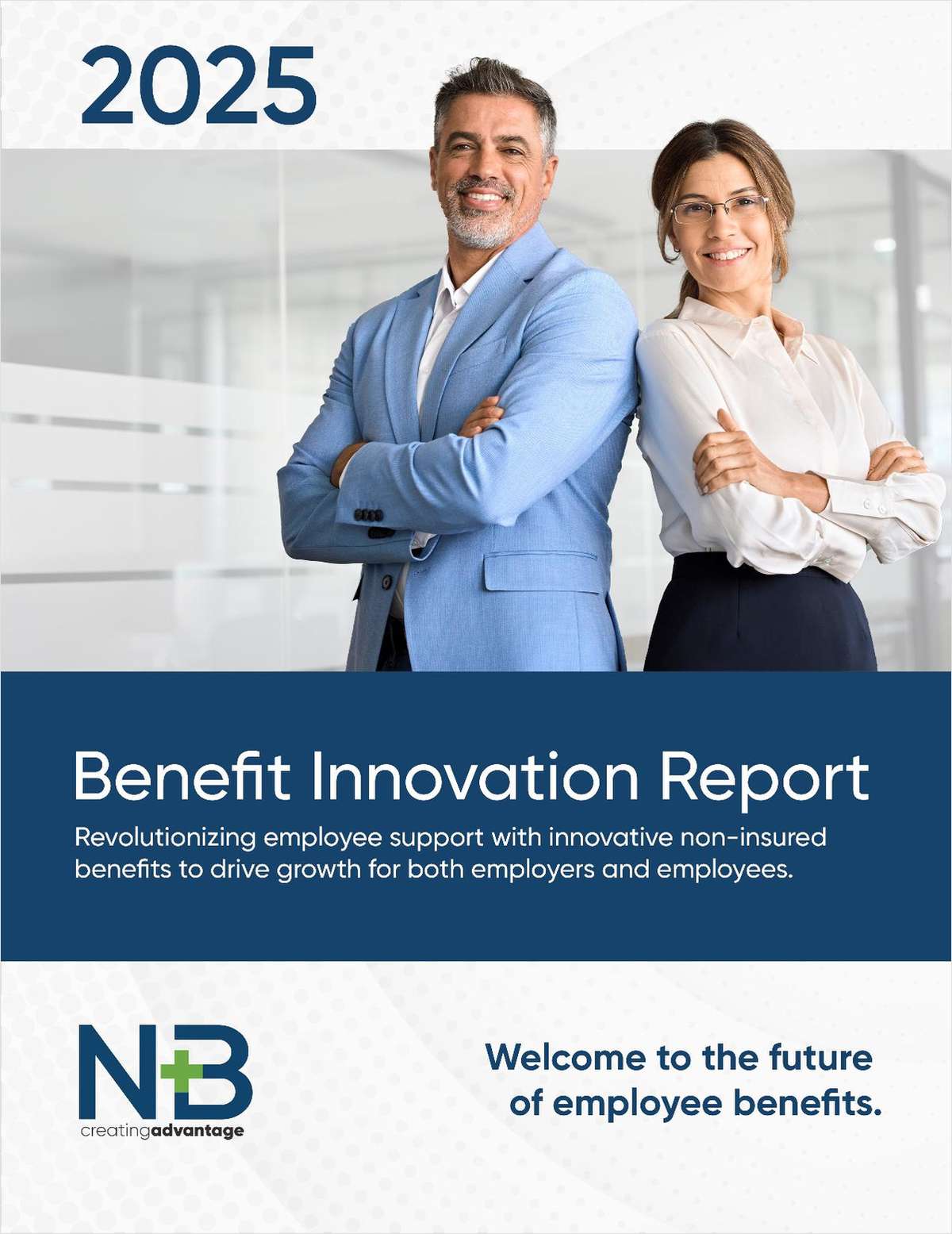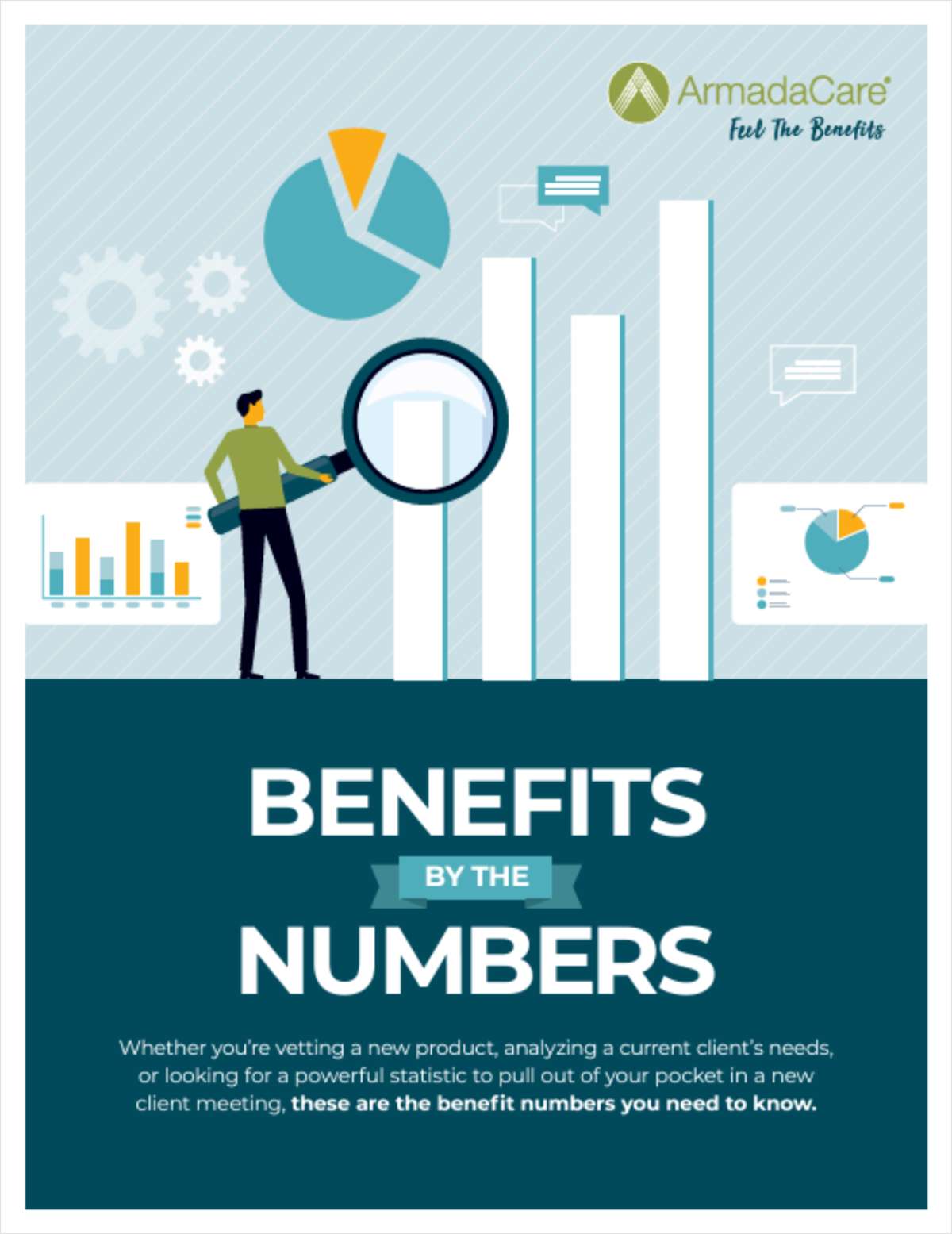 As a business owner, are you finding your employees are ignoring the benefits you are paying good money to provide? Perhaps you need to talk about benefits in a language they understand. How about reframing your benefits package as a loyalty rewards program?
As a business owner, are you finding your employees are ignoring the benefits you are paying good money to provide? Perhaps you need to talk about benefits in a language they understand. How about reframing your benefits package as a loyalty rewards program?
Background on loyalty rewards programs
If you are a business owner who travels, you likely belong to an airline loyalty program and a hotel rewards points program. If you do the grocery shopping for you family, you carry at least one supermarket shopper tag on your key ring. You are not alone.
|- How many consumers are in loyalty programs? 79% of Americans have at least one
- How many loyalty programs per consumer? According to Statista, the average American consumer belongs to 16.6 loyalty programs.
- How many Americans use Amazon Prime? In 2022, the number was 168 million. By 2024, it is expected to rise to 180 million. FYI: There are about 128 million households in the US.
- How many Americans belong to an airline loyalty program? According to ValuePenguin, 41% of Americans are in a travel loyalty program.
- How many people are in supermarket loyalty programs? According to pymnts.com, 63% of grocery store shoppers say loyalty programs are an influence.
How do consumers take advantage of loyalty programs?
It is obvious consumers are sharing personal data regarding their shopping habits and granting permission to market to them? What benefits are they receiving?
|- Free stuff. The Ikea Family program gives you free coffee when you visit the restaurant in their stores. Cunard Line, which operates the Queen Mary 2 and other vessels allows higher tier members to stand on "the short line" when boarding. The highest level (diamond) provides a free lunch in the specialty dining room.
- Preferential treatment. When you belong to an airline's frequent flier program and achieve higher tier status, your group boards earlier than other passengers. This means you have a greater likelihood of finding overhead space for your carry-on bag. Seat selection might be free.
- Our local ShopRite supermarket offers digital discounts, which you access online before visiting the store. These are not available otherwise. We know a wealthy couple, buying $100 worth of stuff at an upscale grocery who discovered they each had a $10 discount coupon for a $50 purchase. The sale was undone and they divided the items into two $50 purchases to take advantage of the 20% discount.
- Insurance coverage. Credit cards typically provide some degree of rental car insurance coverage. This saves the consumer money when they rent a car while on vacation.
- Member only events. These might be presale offers before the general public is invited. If you use a certain credit card, it might be access to concert tickets through a certain channel.
How this translates into marketing benefits
We have established consumers embrace loyalty programs and actively take advantage of the benefits on offer. A key element is the consumer's awareness of the various benefits.
|Related: How small business owners can craft the right benefits package
|- Are you a member of the program? The first step to awareness is knowing the program exists. When you visit the supermarket, the self-checkout prompts you "If you are a member of our loyalty program, swipe your card now. Employers: The simplest strategy would be to give your benefits package a name and position it as a benefit of working at your firm.
- Awareness of discounts. When you use your supermarket loyalty card, your receipt often says: "You have saved $ X dollars today. They might give a YTD tally of your savings too. Employers: What is the cash value of utilizing a benefit? For example, what are your vision benefits? How much is your employee saving?
- E-mail marketing. This is only one of several channels they might utilize. The in-store pharmacy might text you. The supermarket flyer still arrives by surface mail. They are continuously marketing benefits. Employers: Do you use a drip marketing strategy to raise awareness of your benefits, one by one?
- Word of mouth. People like to share positive experiences. It is common for one neighbor to tell another what is on sale this week at their favorite store. Employers: In your sales department, you utilize success stories. When one salesperson lands a big order, you ask them to tell their story. This could work well if you could solicit stories relating to each benefit.
- The store magazine. Various supermarkets still use this channel. It might contain coupons and recipes. It's not simply grocery stores! As of 2020, The Costco Connection magazine, with a circulation of 14.3 million, is the 4th most popular magazine in the country. Employers: If employees access benefits through a homepage before logging in, this could be an ideal place to feature specific benefits and success stories. They have a reason to visit the page, so they should be interested in learning more about what's on offer.
Bryce Sanders is president of Perceptive Business Solutions Inc. He provides HNW client acquisition training for the financial services industry. His book, "Captivating the Wealthy Investor" is available on Amazon.
Complete your profile to continue reading and get FREE access to BenefitsPRO, part of your ALM digital membership.
Your access to unlimited BenefitsPRO content isn’t changing.
Once you are an ALM digital member, you’ll receive:
- Breaking benefits news and analysis, on-site and via our newsletters and custom alerts
- Educational webcasts, white papers, and ebooks from industry thought leaders
- Critical converage of the property casualty insurance and financial advisory markets on our other ALM sites, PropertyCasualty360 and ThinkAdvisor
Already have an account? Sign In Now
© 2024 ALM Global, LLC, All Rights Reserved. Request academic re-use from www.copyright.com. All other uses, submit a request to [email protected]. For more information visit Asset & Logo Licensing.








